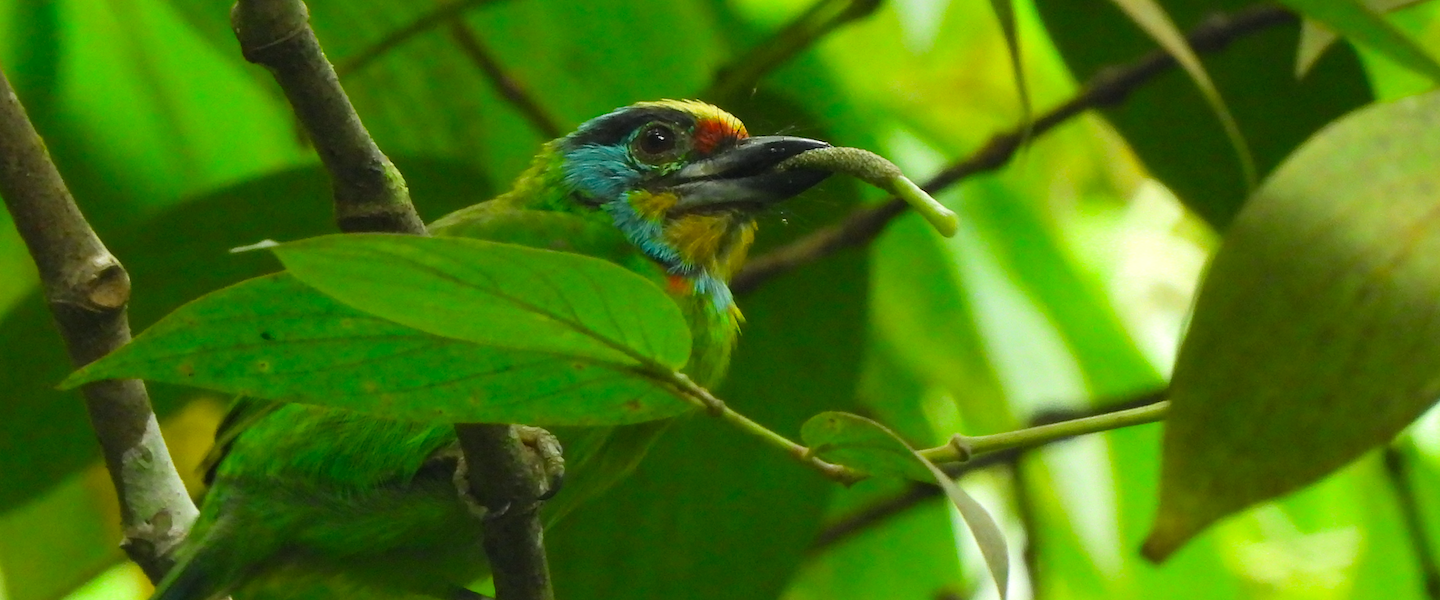My younger brother is not really into birding, but spending time with him in the wild is always a pleasure. He had long planned a visit to Tabarca Island for snorkeling together, now that we’ve spent most of the summer apart from each other. The Mediterranean sea temperature was just right, although we had anticipated fewer tourists by this time of year. The day eventually turned into some impromptu but productive afternoon birding.
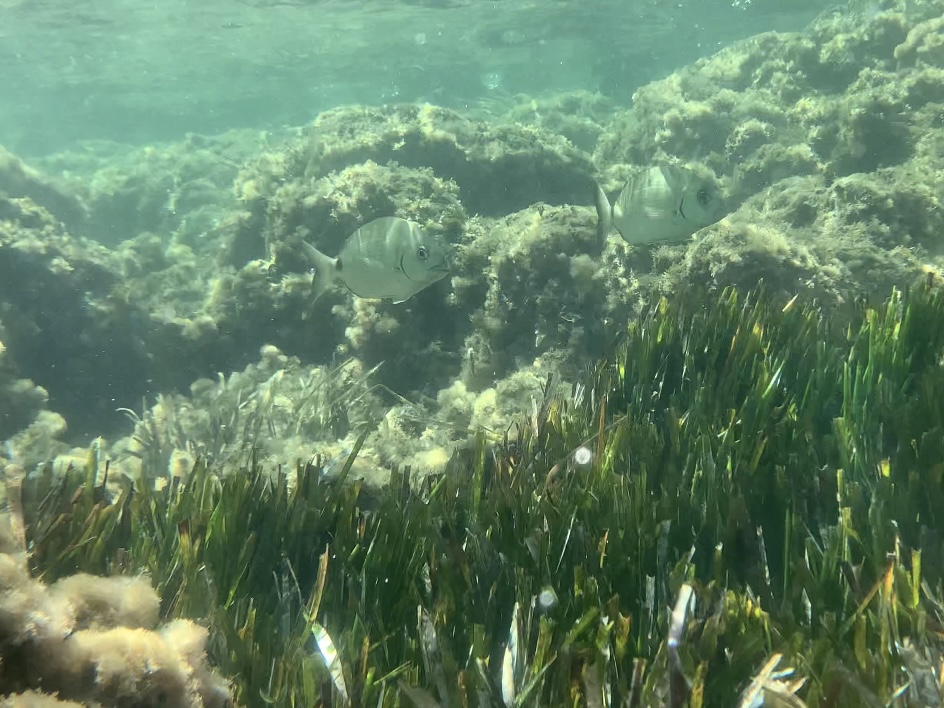
Tabarca is the largest island in the Valencian Community and the only one permanently inhabited. The town is picturesque and layered with centuries of history — from the Barbarians to the Corsairs — and even keeps some toponyms that recall the critically endangered Mediterranean monk seal (Monachus monachus), which had its last breeding location on the island before being extirpated in the 1960s.
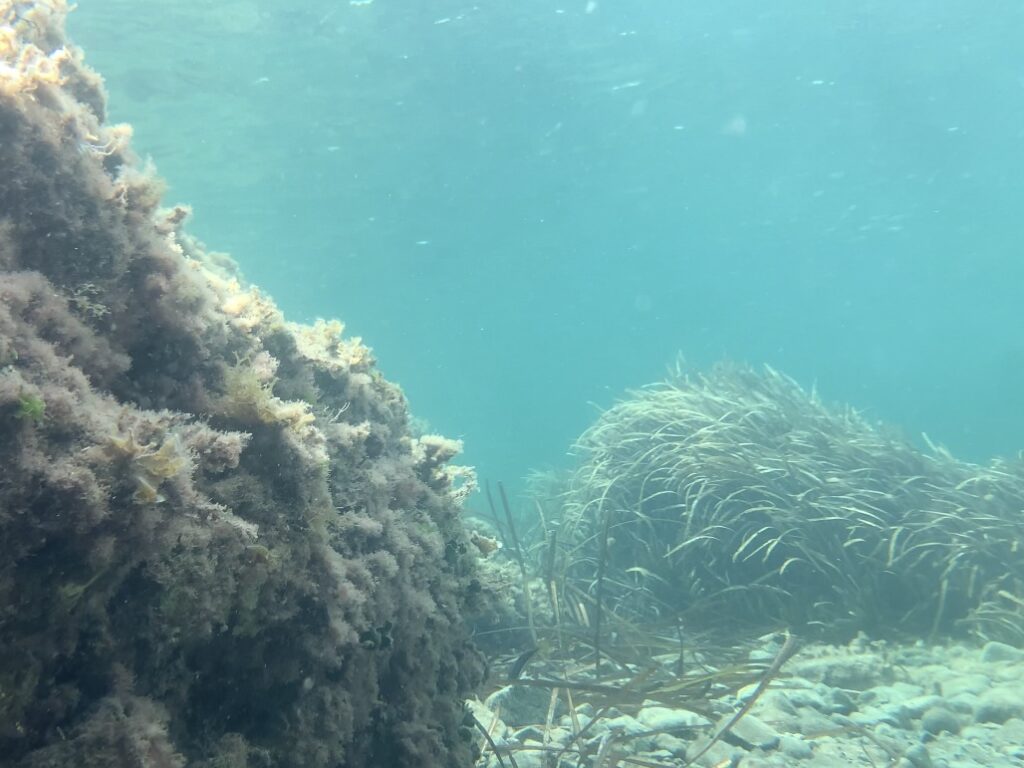
The island is surrounded by a pristine and vast prairie of posidonia grass (Posidonia oceanica), a highly productive Mediterranean endemic seagrass that harbors a key underwater ecosystem. In fact, the first Marine Reserve ever established in Spain has protected the waters around Tabarca since 1986.
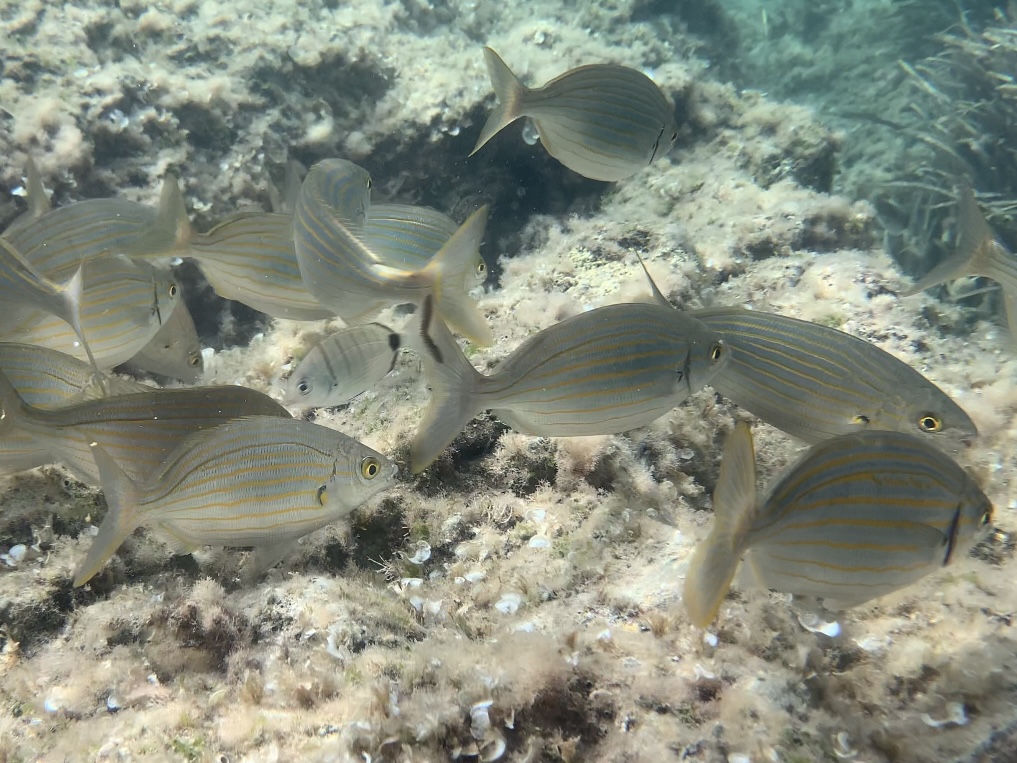
The short boat ride from Santa Pola harbor usually features a stop where boatmen throw some bread to the sea so fish schools congregate next to the underwater viewing windows on the lower deck. From the top deck, however, we could see good numbers of seabreams feeding on the bread, while some massive European barracudas (Sphyraena sphyraena) darted in to hunt them. Spectacular — we had never seen barracudas from the boat before, let alone this large.
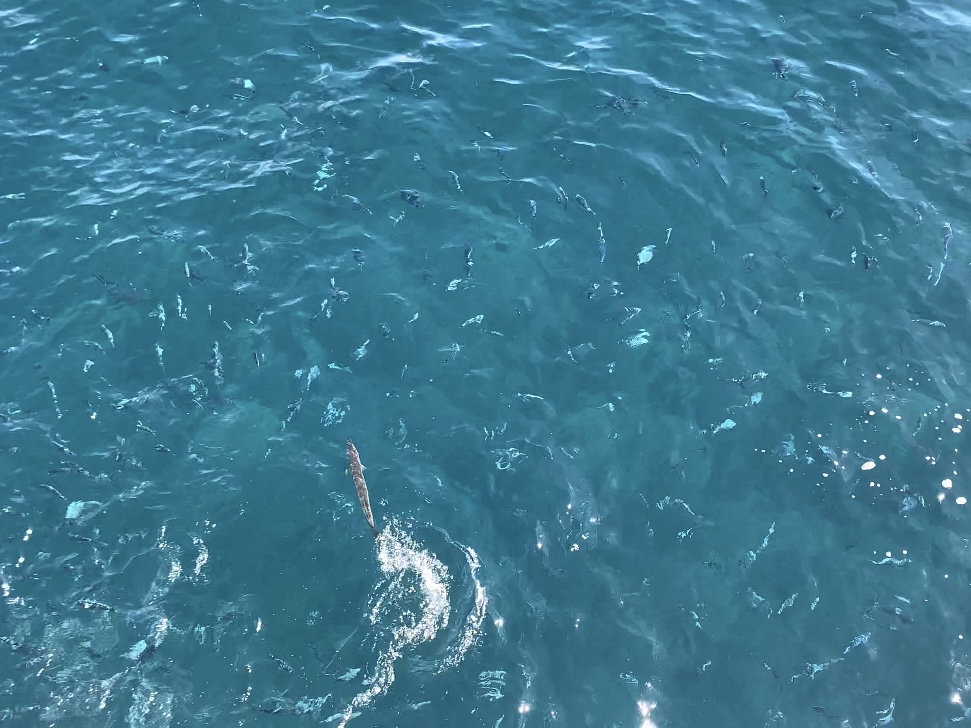
The clear waters offered the good old classics. Rainbow wrasse (Coris julis) and ornate wrasse (Thalassoma pavo) are all-time favorites, and we even saw some proper-sized dusky groupers (Epinephelus marginatus), common dentex (Dentex dentex) and giltheads (Sparus auratus).
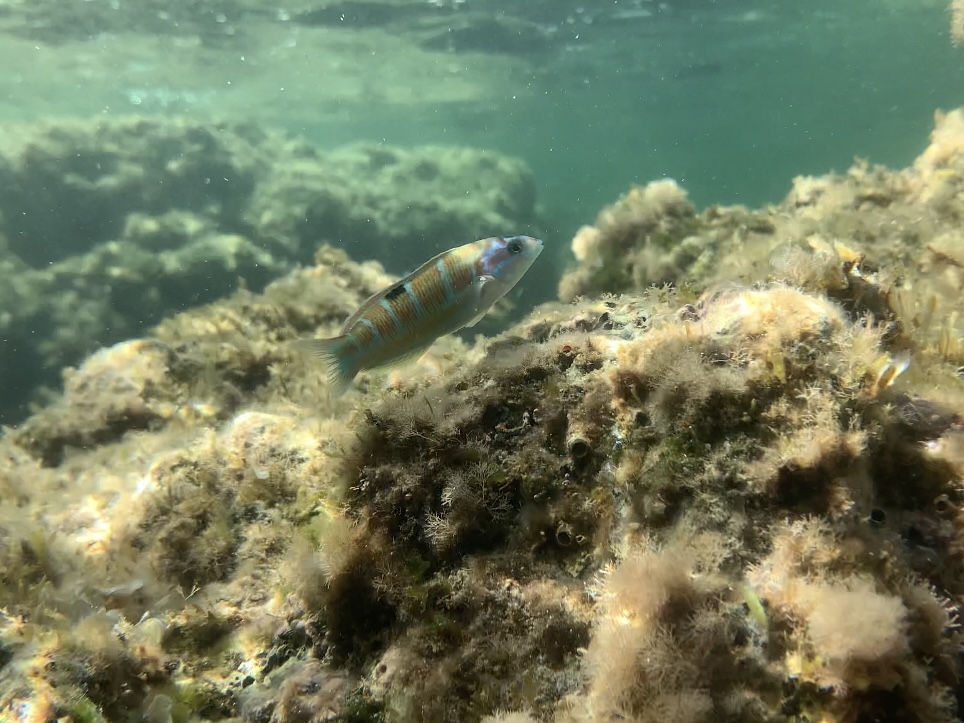
For my brother, though, a common octopus (Octopus vulgaris) he found really stole the show. We got to watch the octopus for quite a while, noticing how it subtly changed color and shape as it tried to conceal itself in the posidonia prairie. Suddenly, dark in color, it moved out of the prairie, turned pale white like the sand, and reshaped into a torpedo, darting away at full speed toward the safety of the next posidonia patch. These creatures are truly impressive.
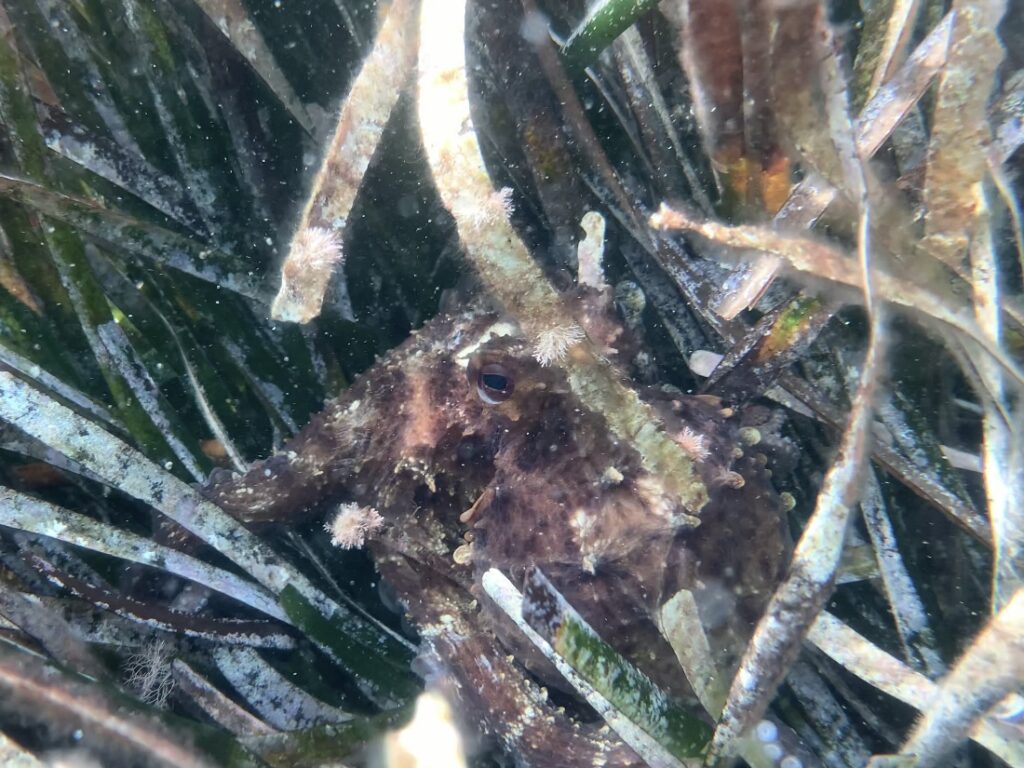
A secondary mission on this outing to Tabarca was scouting for migrants. We are right in the post-nuptial migration period, and Tabarca is as close to a migrant magnet as it gets in Alicante — not many, but often some. However, I barely managed to connect with a couple of resident Sardinian warblers (Curruca melanocephala) and the local flocks of yellow-legged gulls (Larus michahellis), feral pigeons (Columba livia) and spotless starlings (Sturnus unicolor). Unsatisfied, I spent some time photographing pallid swifts (Apus pallidus) for a change as they flew over the tower.
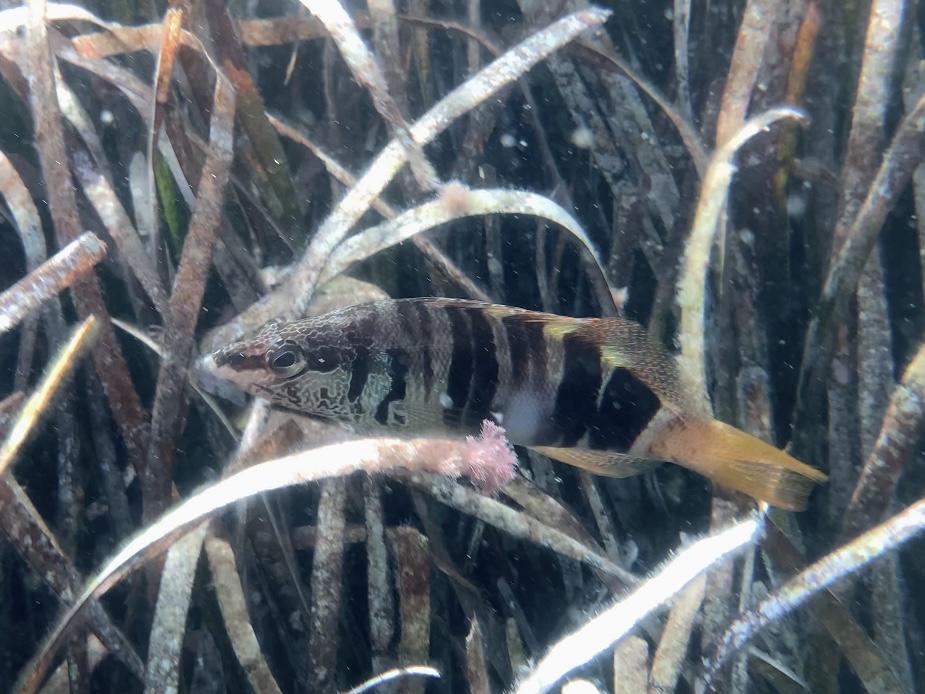
On our way back, we drove to nearby El Hondo. We were still within the short window when one of the best birds in the area can be seen, and a small flock had been located by Sergio Arroyo some days ago, followed up by Darío Gijón, Mario Marcos and others over the week. On the crop fields next to the visitor center, a group of Eurasian dotterels (Eudromias morinellus) had been observed since September 6th.
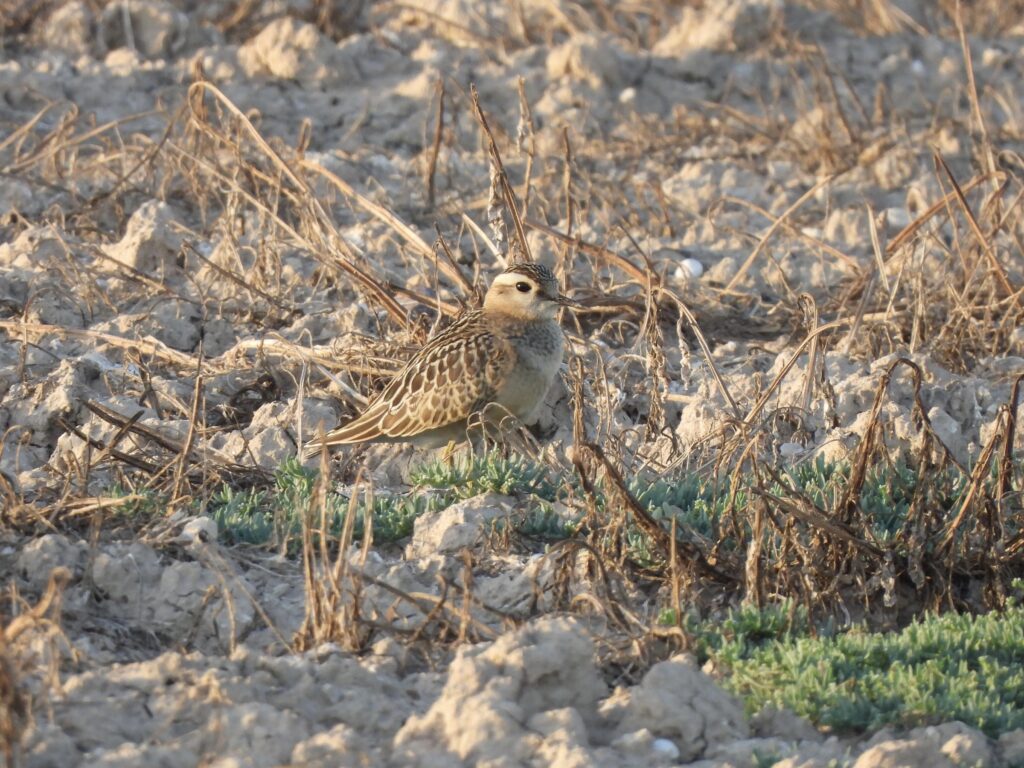
The field was indeed full of passerines, with good numbers of western yellow wagtails (Motacilla flava), greenfinches (Chloris chloris), linnets (Linaria cannabina), and goldfinches (Carduelis carduelis) foraging on the short herbs. Impressive numbers of European bee-eaters (Merops apiaster) and barn swallows (Hirundo rustica) crossed the scene, with the occasional red-rumped swallow (Cecropis rufula) and house martin (Delichon urbicum) joining the party. Crested larks (Galerida cristata) and zitting cisticolas (Cisticola juncidis) were also present in the field.
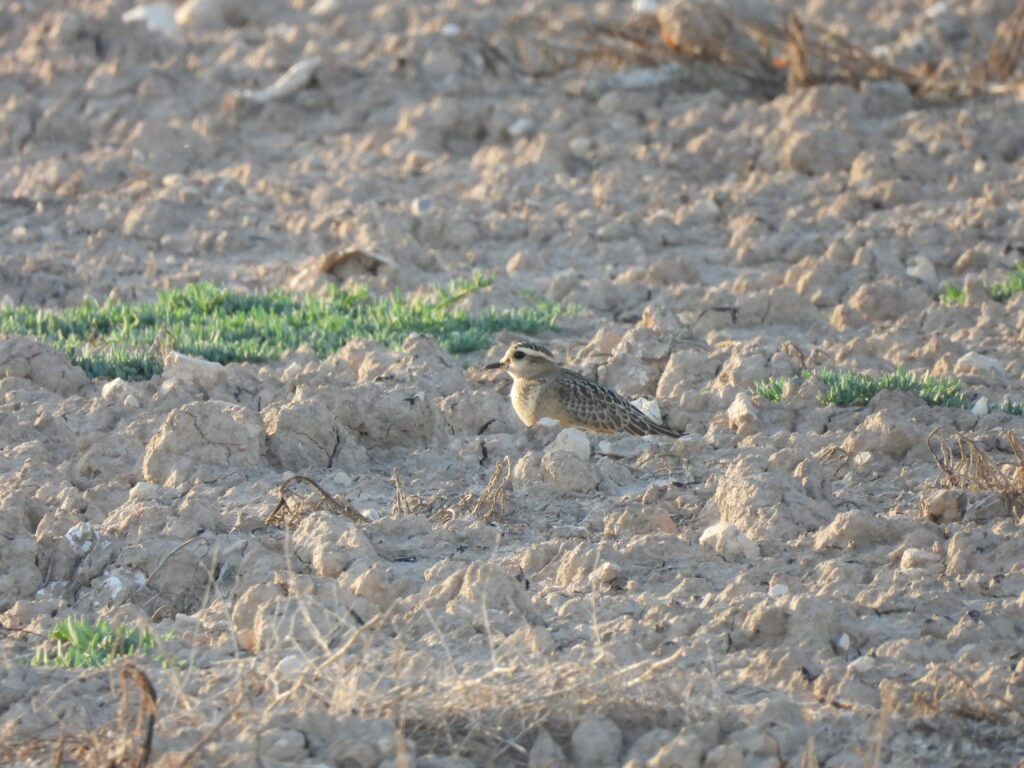
It took some time — and the pitiful-looking walk pretending I was about to leave — for the dotterels to arrive. A flock of about ten individuals finally flew into the fields calling as they do. Among them were numerous juveniles and several adults. And they landed at a fantastic distance from us.
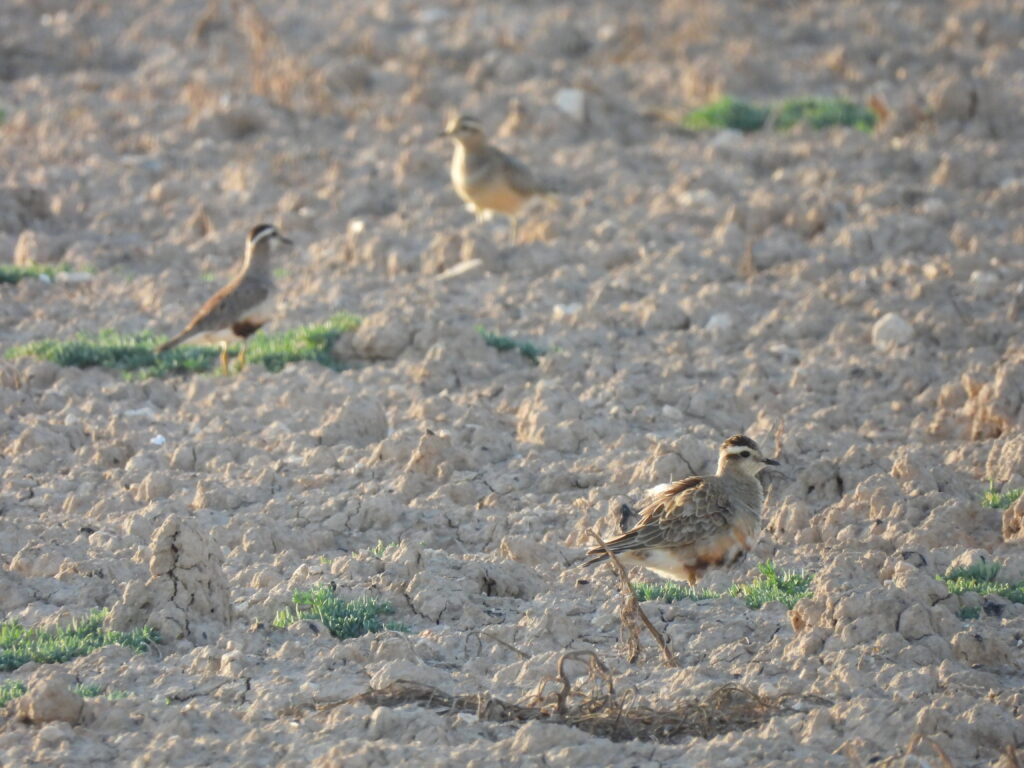
On this unexpected afternoon plan, I managed to connect with one of my favorite birds in these migratory stopover grounds, just a few hundred meters away from where I had recorded the species exactly one year ago. This time, the flock included a few adults still sporting almost impeccable nuptial plumage.
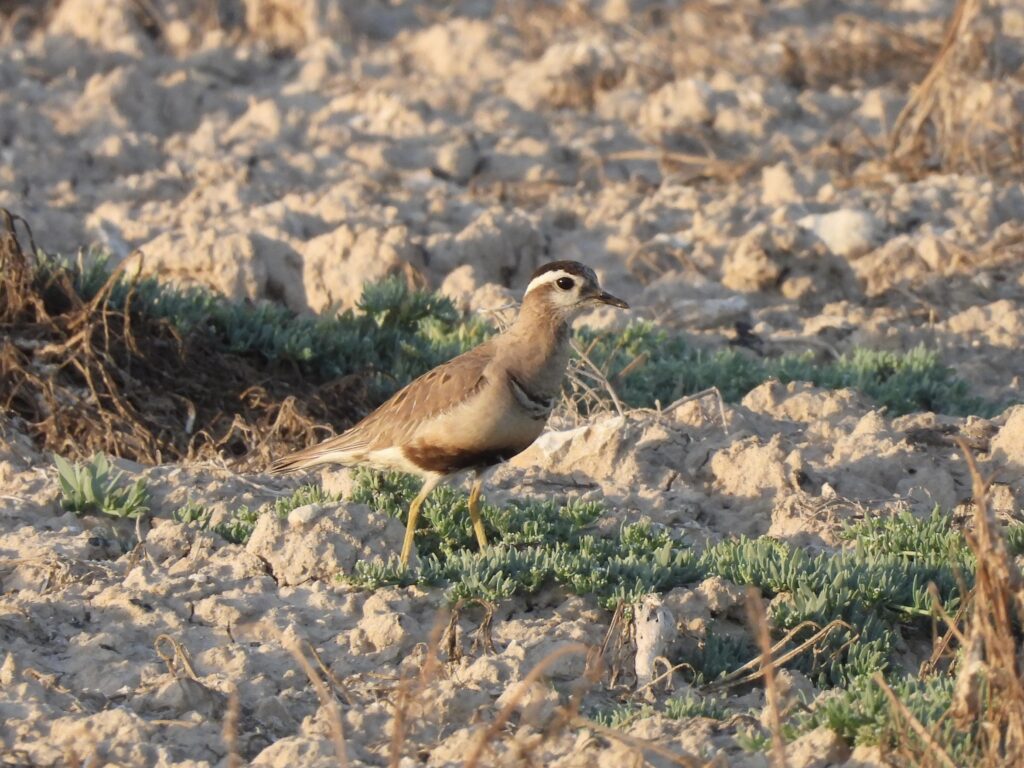
It is astonishing to believe that this stunning shorebird breeds in the cold and barren Arctic tundra — apparently as far as Alaska — and returns every year to some of the most inhospitable, empty croplands available, using them as yearly migration stopover grounds for only a few days, before heading to extremely poorly known wintering locations. Interestingly, I am not aware of any single record of this species over winter or during spring migration in the entire Valencian Community.
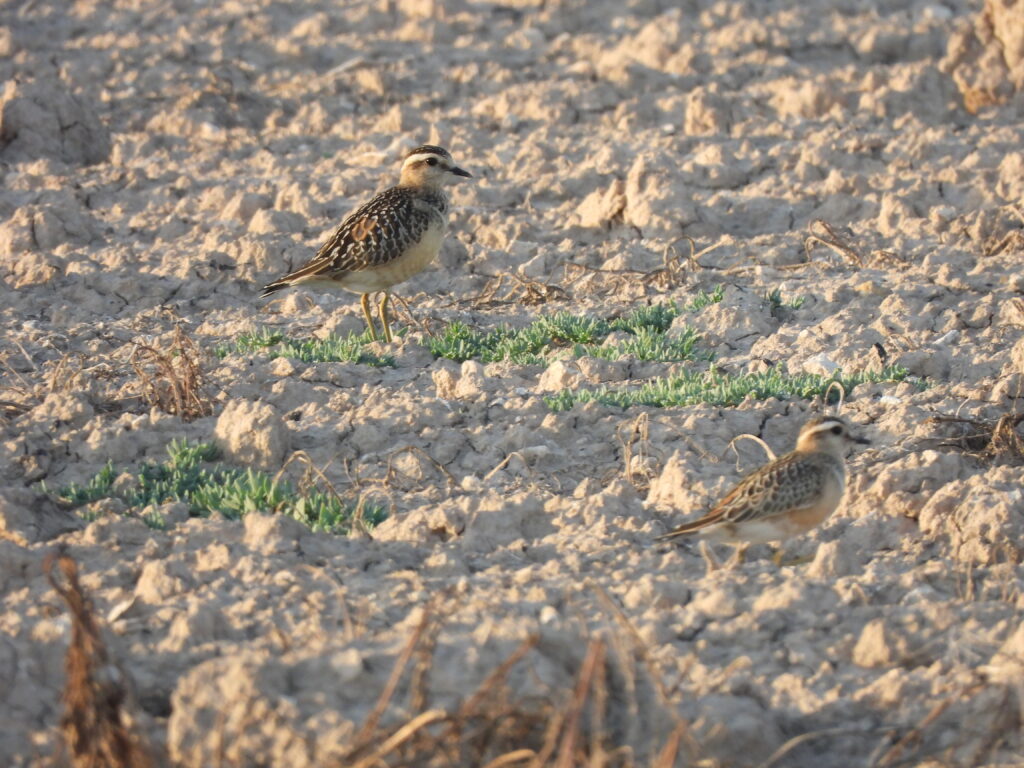
Another realization was the many ways nature can be appreciated. Little can be as exciting and thrilling to a birder in El Hondo as a flock of dotterels flying out of the blue and sitting right next to you — I’m sure my fellow local birding friends would agree. Meanwhile, my brother had just opened his can of sardines and was cutting some vegetables, having dinner under the setting sun while listening to the songs of somewhat familiar but nameless birds around him. He joked about bragging to my birding friends about seeing the dotterels. Yet none of my excited words about how interesting dotterels are could disturb the peace he had found, simply sitting at the edge of the road and watching the sun set. Every single aspect of spending time with him is simply awesome.

